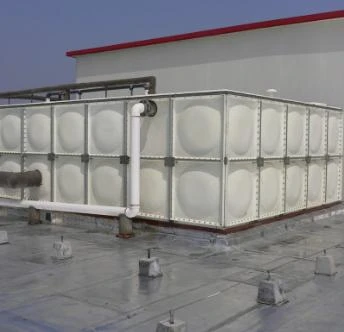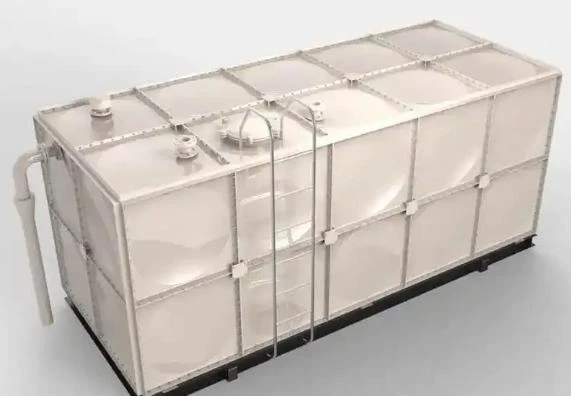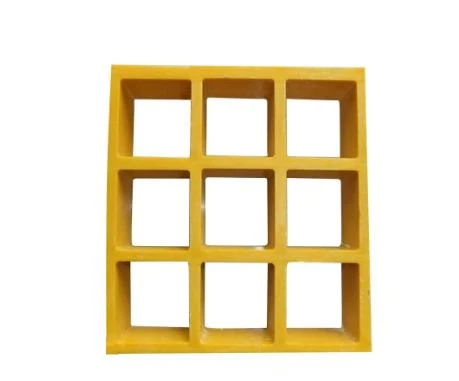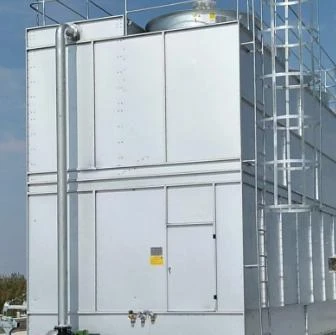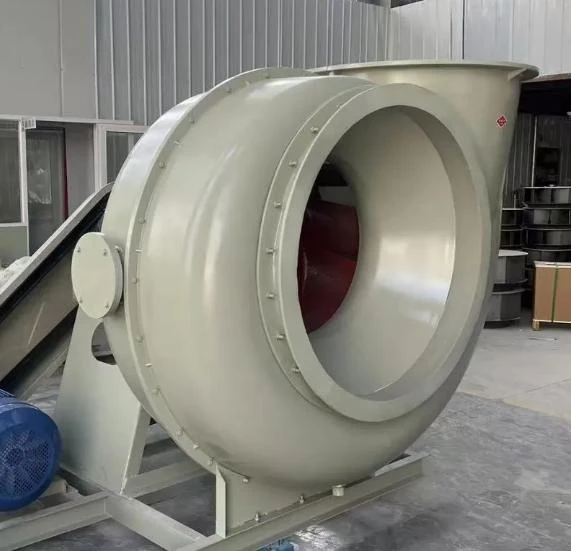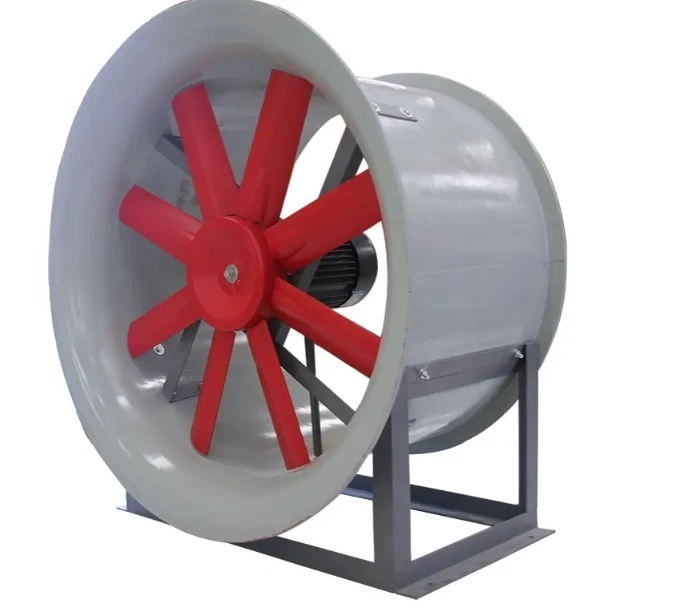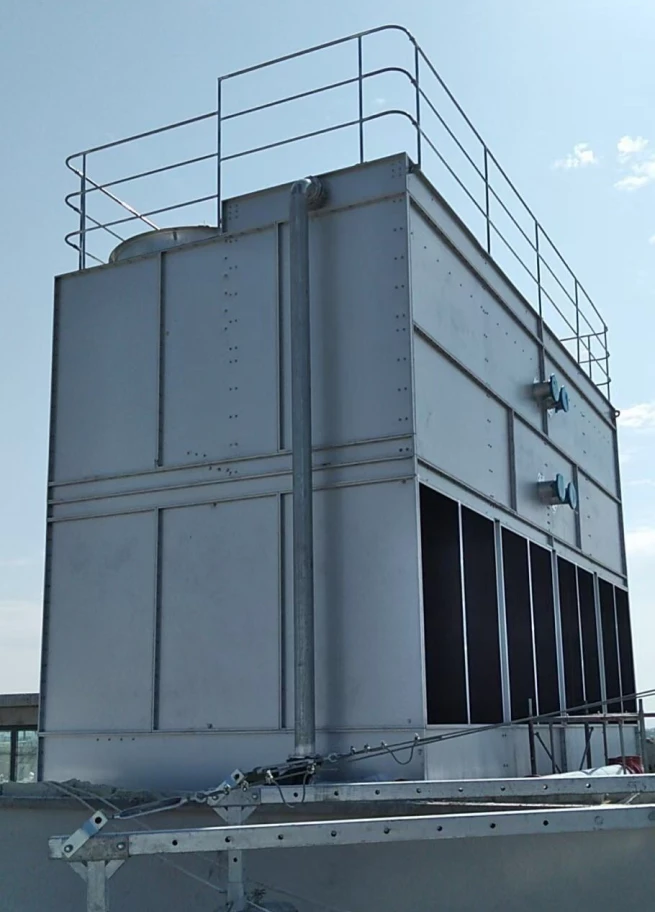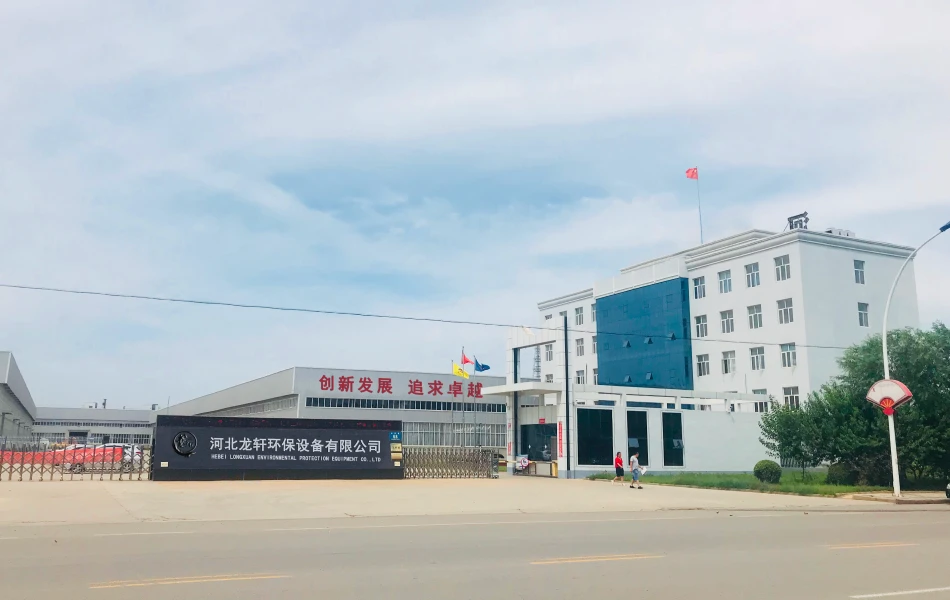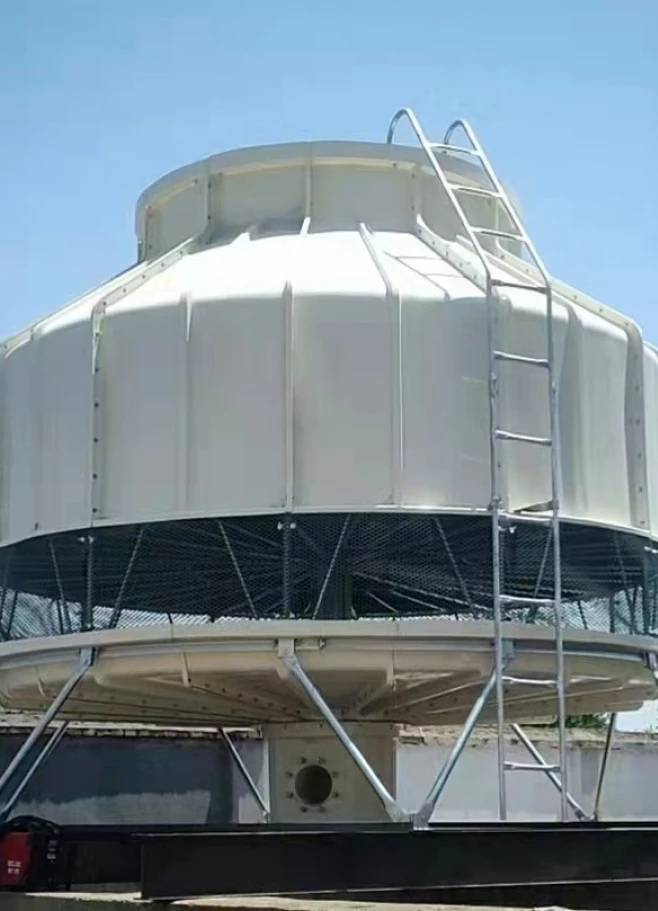

We Are Open 24 Hours a Day, 7 Days a Week, Including Weekends and Public Holidays.
- Introduction to Fiberglass Reinforced Plastic Pipe and Market Overview
- Technical Advantages and Performance Data of FRP Pipes
- Comparative Manufacturer Analysis and Market Positioning
- Customization Options in Fiberglass Reinforced Plastic Tubing
- Application Case Studies Across Multiple Industries
- Maintenance, Lifecycle Considerations, and Environmental Impact
- Conclusion: Future Prospects for Fiberglass Reinforced Plastic Pipe
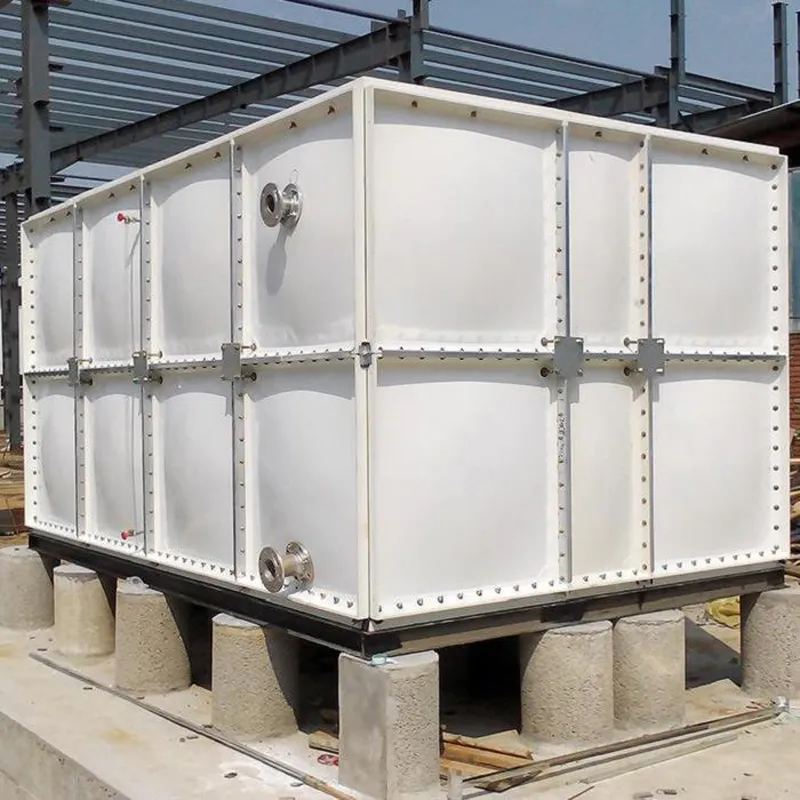
(fiberglass reinforced plastic pipe)
Introduction to Fiberglass Reinforced Plastic Pipe and Market Size
The global demand for fiberglass reinforced plastic pipe
has been increasing at a steady pace over the last decade, driven by advancements in industrial fluid transport, oil & gas, water treatment, and chemical processing sectors. Fiberglass reinforced plastic pipe—also termed as FRP fiberglass reinforced plastic pipe and fiberglass reinforced plastic tubing in industry references—combines the high tensile strength of glass fiber with the corrosion resistance of polymer resins. According to Grand View Research, the global FRP pipe market size was valued at USD 3.9 billion in 2022 and is projected to reach USD 5.5 billion by 2028, registering a CAGR of over 5.7%. This upward momentum reflects increased focus on pipeline durability, ease of installation, and sustainability in fluid transport infrastructure.
Technical Advantages and Performance Data of FRP Pipes
Fiberglass reinforced plastic pipes stand out due to a unique blend of structural integrity and long-term chemical resistance. The key technical advantages include:
- Corrosion resistance: FRP piping withstands aggressive chemicals, saline environments, and extreme pH fluids, making it a superior alternative to metallic piping.
- High strength-to-weight ratio: With a density roughly 1/4th that of steel but comparable mechanical strength, FRP pipes are easier and safer to transport and install without heavy machinery.
- Thermal insulation: The inherent non-conductive characteristics lower energy loss, making these pipes highly suitable for temperature-sensitive operations.
- Long service life: Under proper installation and operation, FRP pipes often exceed 30 years in service life, drastically reducing replacement and maintenance costs.
- Hydraulic smoothness: Minimal internal roughness translates into lower pressure drops and energy-saving during fluid conveyance.
Key Performance Data Table:
| Property | FRP Pipe | Steel Pipe | PVC Pipe |
|---|---|---|---|
| Density (g/cm³) | 1.8–2.1 | 7.8–8.0 | 1.3–1.5 |
| Tensile Strength (MPa) | 155–260 | 350–600 | 40–55 |
| Operating Temperature (°C) | up to 110 | up to 425 | up to 60 |
| Corrosion Resistance | Excellent | Poor | Good |
| Expected Service Life (years) | 30+ | 15–25 | 20–30 |
These performance characteristics place fiberglass reinforced plastic tubing at the forefront for industries demanding longevity and minimal downtime.
Comparative Analysis: Leading Manufacturers and Market Position
The fiberglass reinforced plastic piping sector is highly competitive, with numerous global and regional players focusing on innovation and tailored solutions. Leading manufacturers include companies such as Amiantit, Future Pipe Industries, National Oilwell Varco, and Enduro Composites. Below is a comparative table of critical factors influencing buyer decisions:
| Manufacturer | Annual Production (km) | Certifications | Customization Capabilities | Earth-Friendly Practices | Typical Lead Time (weeks) |
|---|---|---|---|---|---|
| Amiantit | 3,000 | ISO 9001, API, NSF | High (custom diameters, liners, resins) | ISO 14001 certified | 8–10 |
| Future Pipe Industries | 2,500 | API, ISO 14692, WRAS | Advanced (bespoke systems for oil & gas) | Committed to recycling & emissions reduction | 8–12 |
| National Oilwell Varco | 2,200 | API, AWWA, DNV-GL | Specialized (for harsh chemical applications) | Robust environmental policies | 10–14 |
| Enduro Composites | 1,000 | ISO 9001, NSF | Moderate (standard and semi-custom) | Zero landfill policy | 6–9 |
Choosing a manufacturer often hinges upon the required technical specifications, order volume, lead times, and long-term sustainability goals.
Tailored Design and Customization in Fiberglass Reinforced Plastic Tubing
One of the strongest value propositions of fiberglass reinforced plastic tubing technology is its adaptability to a client's unique operational demands. Customization options extend to:
- Diameter and Wall Thickness: Precision sizing for flow optimization, pressure ratings, and installation constraints.
- Resin Systems: Selection from polyester, epoxy, and vinyl ester resins to match chemical resistance requirements.
- Lining and Coatings: Integration of abrasion-resistant or conductive liners for enhanced functionality.
- Jointing Technology: Push-fit, bell & spigot, flanged, and threaded joints engineered for leak-free performance.
- Color Coding and Identification: For compliance with industry standards and safety regulations.
Industry Application Case Studies: Data from the Field
The proliferation of FRP fiberglass reinforced plastic pipe solutions can be seen in diverse sectors including municipal water systems, petrochemicals, and renewable energy. A selection of real-world applications underscores the value delivered:
- Municipal Water Supply: The City of San Diego, USA, replaced 60 km of decades-old cast iron delivery pipes with FRP, leading to a 45% reduction in maintenance incidents over the next five years.
- Oil & Gas Offshore: In the Middle East, FRP pipelines handle produced water in sour gas environments, saving an estimated $3.6 million in anti-corrosion maintenance costs per platform per year compared to carbon steel alternatives.
- Chemical Processing: A large fertilizer plant in India adopted FRP piping for 90% of its acid transfer lines, tripling the mean time between failure events and reducing replacement intervals to less than 10% of previous pipe networks.
- Renewable Energy: Wind turbine cooling systems now specify FRP tubing due to its thermal isolation, ensuring system longevity and stable operations under varied thermal shocks.
Maintenance, Lifecycle Evaluation, and Environmental Sustainability
FRP pipes' maintenance demands are remarkably low due to their chemical inertness and non-corrosive nature. Hydrostatic pressure testing and visual inspections, generally recommended annually, have revealed that failure rates are less than 0.1% per annum in modern networks. Lifecycle cost analyses, published in the Journal of Pipeline Engineering, show that while the initial investment in FRP piping may be 10–20% higher than PVC, the total cost of ownership is typically 25–40% lower over a 30-year span due to the negligible expenditure on repairs and replacements.
Environmentally, FRP’s production emits up to 65% less CO2 than equivalent steel pipe manufacturing, while many factories utilize recycled glass fiber feedstock and closed-loop resin processing to minimize their ecological footprint. In end-of-life scenarios, FRP products are increasingly being repurposed as composite fillers or raw material in infrastructure projects, aligning with circular economy goals.
Conclusion: Future Prospects for Fiberglass Reinforced Plastic Pipe
As regulations tighten around environmental impact and industrial safety, the role of fiberglass reinforced plastic pipe in global infrastructure projects is set to become even more pivotal. Technological progress in resin chemistry, more accurate pultrusion machinery, and automated quality control will further improve durability and lower costs. With its impressive technical credentials, adaptability to custom needs, and proven field performance, FRP piping systems are positioned to set new benchmarks in performance, sustainability, and economic value for decades to come.
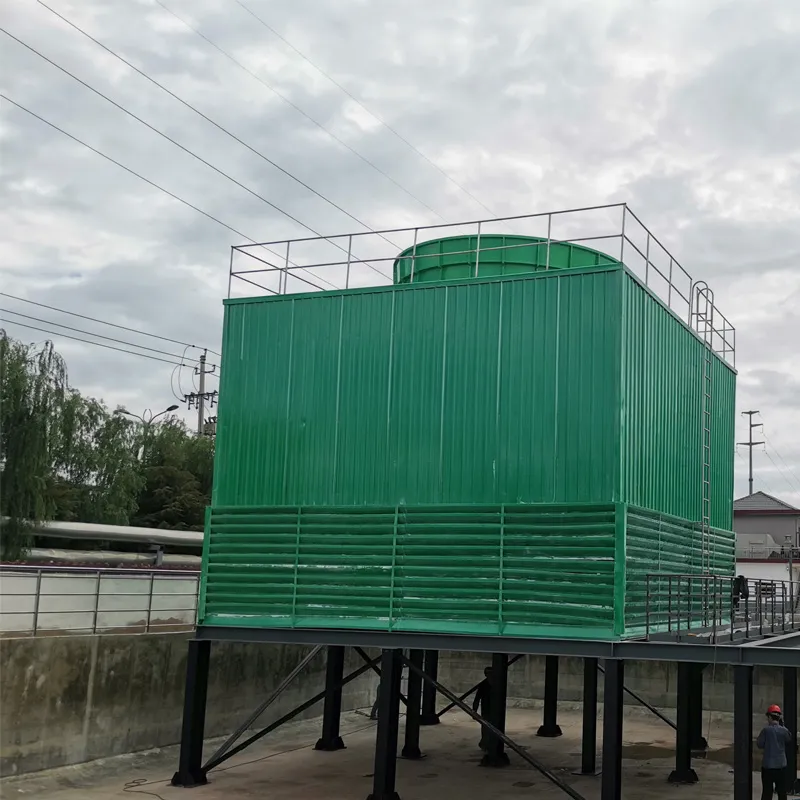
(fiberglass reinforced plastic pipe)
FAQS on fiberglass reinforced plastic pipe
Q: What is a fiberglass reinforced plastic pipe?
A: Fiberglass reinforced plastic pipe (FRP) is a composite pipe made of a polymer matrix reinforced with glass fibers. It is commonly used for its strength, corrosion resistance, and lightweight properties. Applications include chemical processing, water treatment, and oil & gas transport.
Q: What are the main benefits of using FRP fiberglass reinforced plastic pipes?
A: FRP pipes offer excellent corrosion resistance, high strength-to-weight ratio, and low maintenance requirements. These benefits make them suitable for harsh environments where metal or traditional plastic pipes may fail. They are also easy to install and have a long service life.
Q: How is fiberglass reinforced plastic tubing different from metal tubing?
A: Fiberglass reinforced plastic tubing is much lighter and more resistant to chemicals than metal tubing. Unlike metals, it doesn't rust or corrode. This makes it ideal for transporting aggressive fluids and in environments where corrosion is a concern.
Q: Can fiberglass reinforced plastic pipes be used for potable water?
A: Yes, certain types of fiberglass reinforced plastic pipes are safe for potable water when manufactured to meet health standards. Always check for compliance with local water safety regulations. Proper certification ensures safe installation in drinking water systems.
Q: Are there different types of fiberglass reinforced plastic pipes for various applications?
A: Yes, FRP pipes can be customized in terms of resin type, fiber orientation, and wall thickness for specific uses. Applications range from industrial piping to marine and underground systems. Consult the manufacturer to select the right type for your needs.





Address
20 Xingyuan South Street, Zaoqiang County, Hengshui City, Hebei Province, China














